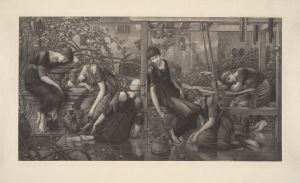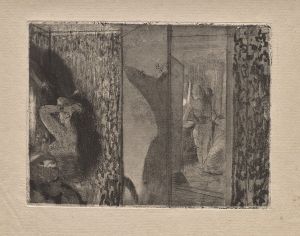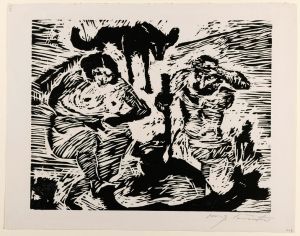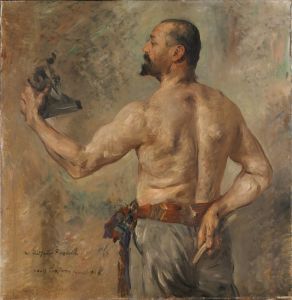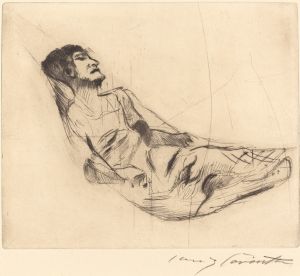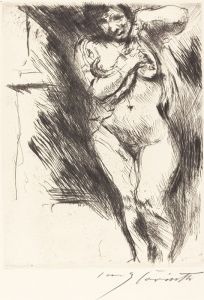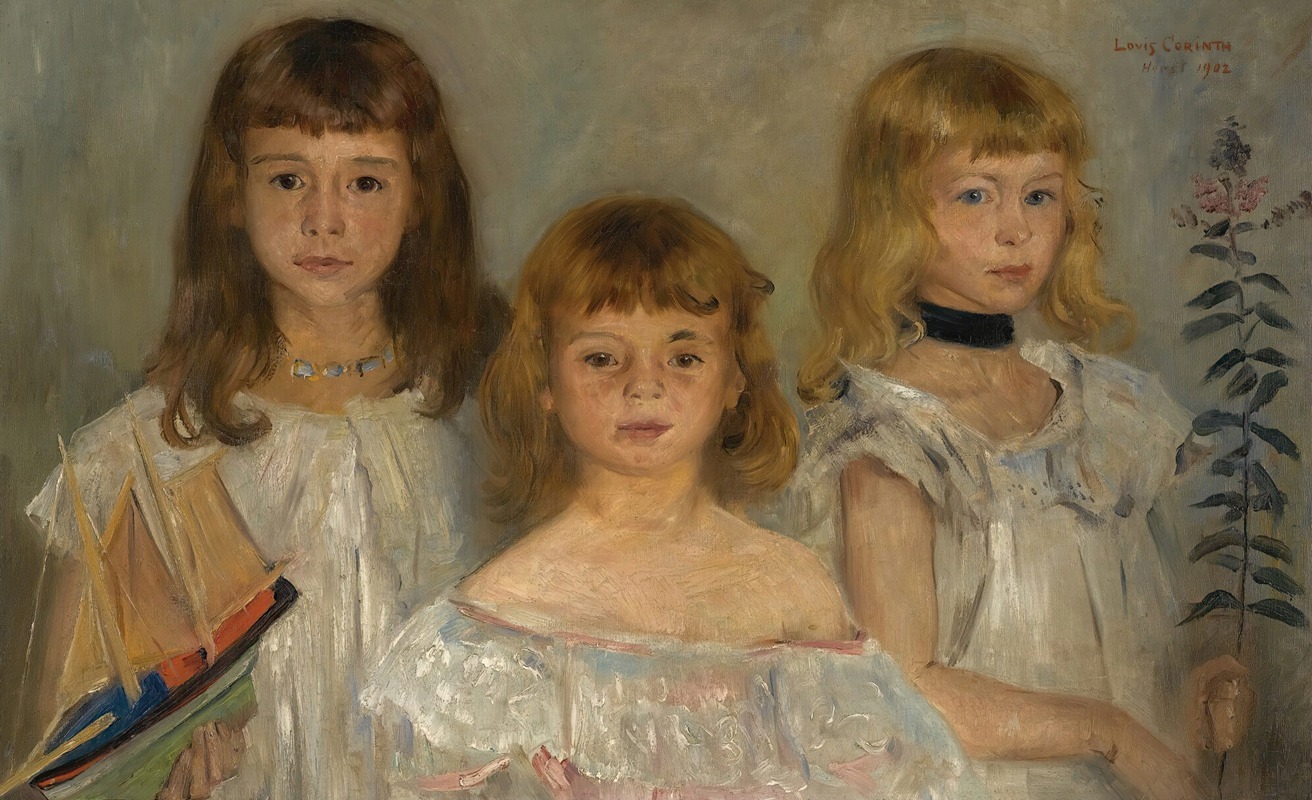
Drei Kleine Mädchen
A hand-painted replica of Lovis Corinth’s masterpiece Drei Kleine Mädchen, meticulously crafted by professional artists to capture the true essence of the original. Each piece is created with museum-quality canvas and rare mineral pigments, carefully painted by experienced artists with delicate brushstrokes and rich, layered colors to perfectly recreate the texture of the original artwork. Unlike machine-printed reproductions, this hand-painted version brings the painting to life, infused with the artist’s emotions and skill in every stroke. Whether for personal collection or home decoration, it instantly elevates the artistic atmosphere of any space.
Lovis Corinth, a prominent German painter and printmaker associated with the transition from Impressionism to Expressionism, created the artwork Drei Kleine Mädchen (Three Little Girls). This painting is a notable example of Corinth's ability to capture human figures with a blend of realism and emotional depth. While Corinth is widely recognized for his portraits, landscapes, and still lifes, Drei Kleine Mädchen reflects his interest in depicting intimate and everyday scenes.
The painting portrays three young girls, likely in a domestic or informal setting, with an emphasis on their individuality and natural expressions. Corinth's use of loose brushstrokes and vibrant colors is characteristic of his mature style, which often combined Impressionist techniques with a more robust and dynamic approach to form and texture. The composition suggests a sense of spontaneity, as if the artist captured a fleeting moment in the lives of the children.
Lovis Corinth's career spanned several decades, and his work evolved significantly over time. Born in 1858 in Tapiau, East Prussia (now Gvardeysk, Russia), Corinth studied art in Königsberg, Munich, and Paris, where he was influenced by both academic traditions and avant-garde movements. After settling in Berlin in 1901, he became a leading figure in the Berlin Secession, an art movement that sought to challenge the conservative art establishment in Germany.
Corinth's life and career were profoundly affected by a stroke he suffered in 1911, which temporarily impaired his ability to paint. However, he made a remarkable recovery and continued to produce art with a renewed sense of vigor and emotional intensity. His later works, including Drei Kleine Mädchen, often exhibit a more expressive and less restrained style, reflecting both his personal struggles and his evolving artistic vision.
The exact date of Drei Kleine Mädchen is not definitively documented, but it is consistent with Corinth's later period, during which he frequently explored themes of family, childhood, and the passage of time. The identities of the three girls depicted in the painting are not specified in available records, and it is unclear whether they were family members, acquaintances, or models.
Lovis Corinth passed away in 1925, leaving behind a rich legacy of artwork that continues to be celebrated for its technical mastery and emotional resonance. Drei Kleine Mädchen remains an example of his ability to convey the subtleties of human experience through his art. Further details about the painting's provenance or current location are not readily available in public records.






